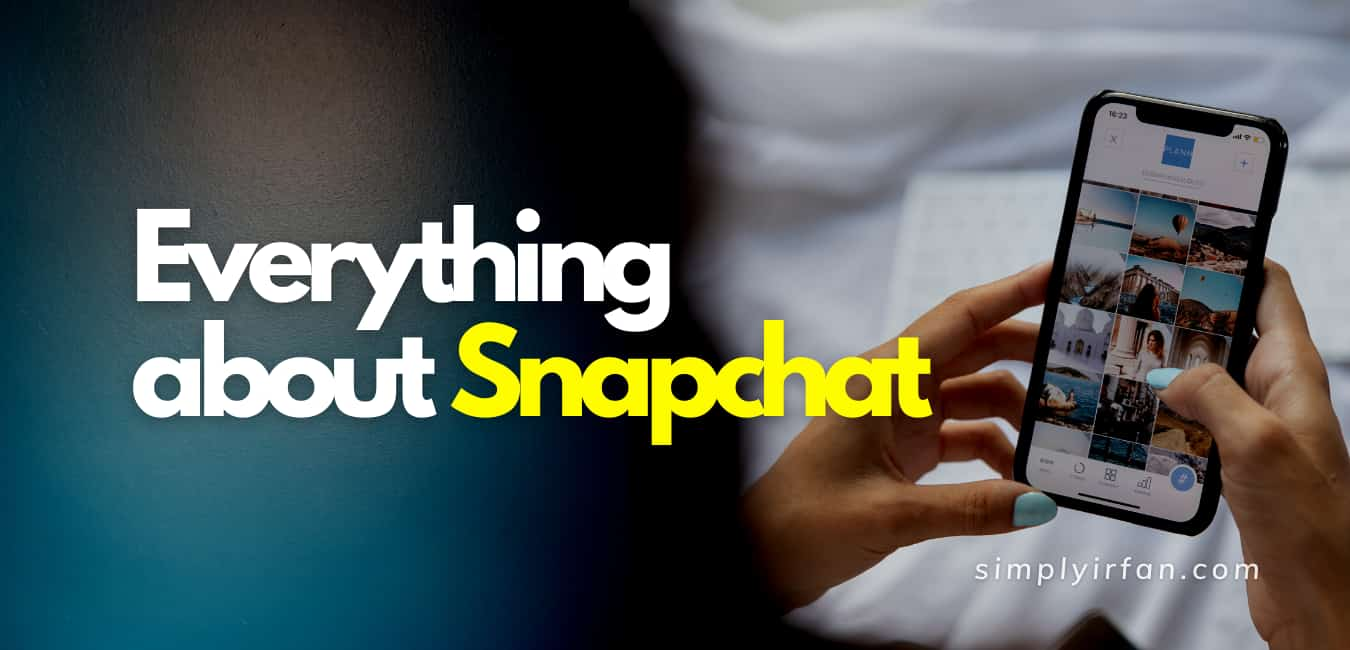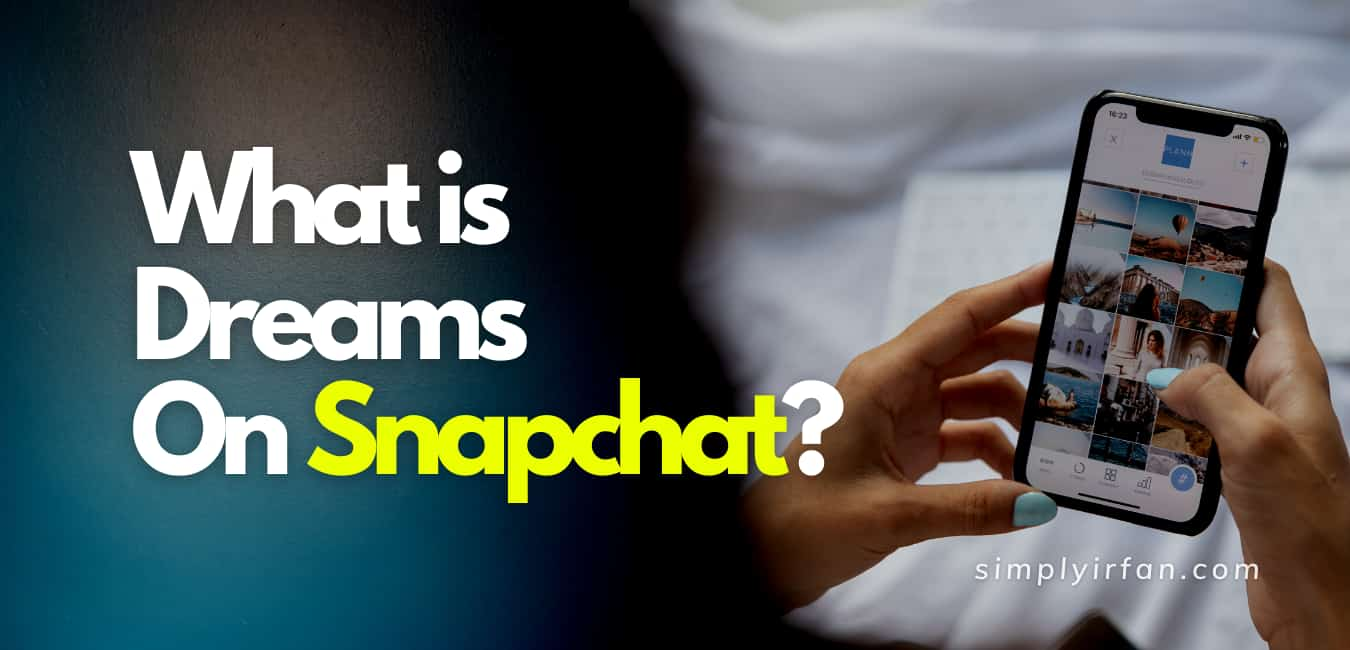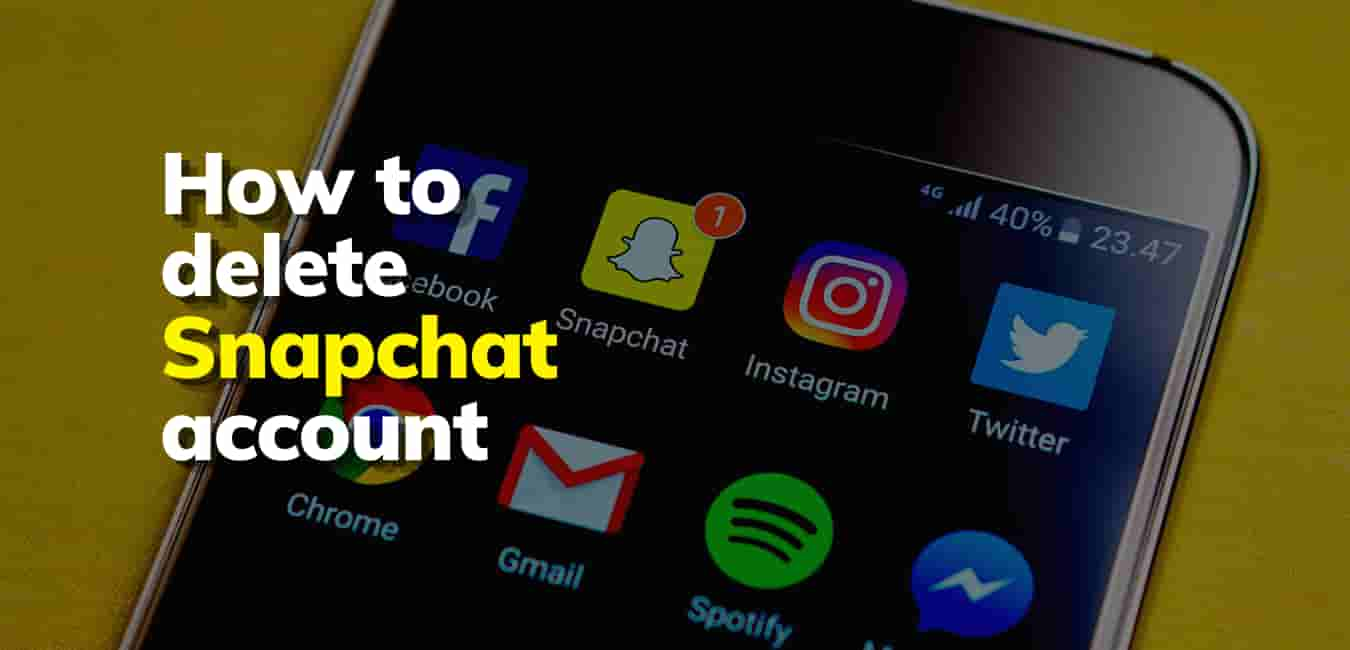If you’re a teenager, you know about Snapchat. And you’re definitely over 25 if you can’t find out how it works. Snapchat, one of the most popular social media applications out there, offers children and teenagers what they want: an easy way to share daily moments while making them look cool at the same time. And Snapchat uses messages that are intended to vanish, unlike Facebook and Twitter, which document and broadcast everything you do, (learn more about how they don’t).
Snapchat is a mixed bag, like so many social media platforms, so it’s a smart thing to learn how it works, how it’s used by your children, and how much time they spend on it, so you can make sure their impressions are good.
Snapchat provides a lot of interesting things in addition to helping you to interact with and follow friends: sports, news and entertainment, quizzes, and genuinely revolutionary picture- and video-editing apps (so innovative, in reality, it’s almost hard for adults to find them out, another reason kids love it).
Everything about snapping, revealing, and then losing the tiny moments in life has a tremendous attraction for teenagers. And that’s what they use Snapchat for, for the most part. The app has a playful look, and it tends towards rainbows and flower crowns with its picture filters and effects.
But other characteristics pose some risks: Snap Map allows friends to see the position of each other on a screen, which is not necessarily safe; Snapstreaks needs children to share messages for as long as possible, which is a serious time-suck; and Explore provides some content that is unsafe for age. However, with your advice on anonymity, protection, social media pressure, and marketing, Snapchat can be a fun way to communicate with teenagers.
What is Snapchat?
Snapchat is a popular messaging service that allows users to share photos and videos that are meant to vanish after they are viewed (called snaps). As the essential purpose is to take a picture or video, install filters, lenses, or other effects, and share them with friends, it is marketed as a “new type of camera”.
How does Snapchat Work?
Everything you need to log in is your name, your email address, and your date of birth. Users go through a handle on Snapchat, and Snapchatters lean heavily towards silly names. You should import your contacts or check for people you meet to add friends. By taking a shot of their “Snapcode,” a special QR code exclusive to each person, you can even instantly add anyone. Things get a bit complicated after that. On Snapchat, images typically initiate the conversation, not text.
You press the large camera circle and take a shot to launch a chat. There are all kinds of photo-editing options as well as filters to decorate the pictures (you have to experiment to find out what they do). You can email it to someone on your contacts list or add it to your story after you customize your snap, which is a record of the day that your friends can access for 24 hours. Snapchat also provides social chatting and group stories that can be contributed by anyone in the community.
How Old do you have to be to use Snapchat?
Users must be 13, according to the terms of service. To set up an account, you have to type your birth date, so there’s no age verification, so it’s simple for children under 13 to sign up. Critical Thinking Media scores Snapchat OK for teenagers 16 and older, largely because of age-inappropriate content consumption and the marketing ploys that gather results, such as quizzes.
Do messages disappear on Snapchat?
This depends. If you put a time limit on a snap, once it’s displayed, it will vanish. However, using their phones or a third-party screen-capture program, receivers will take a screenshot of an image. A screen-capture of the phone will warn the sender that the picture has been taken.
Yet applications from third parties don’t cause a warning. For these reasons, teenagers should realize that nothing done online is simply temporary. It’s important to note that the image will spread around the school by tomorrow morning before submitting an attractive or humiliating snap of themselves or someone else.
What are Snapstreaks?
Two people snapped back and forth for three days in a row within 24 hours with a Snapstreaks. Once you’ve built a streak, special emojis and graphs are shown next to the names of the streakers to remind you how long a streak has been held.
Why are they important? For one thing, they add to your Snapchat score total (basically a number that reflects how much you use the app). On the other hand, they can become the most important thing in the life of a child sometimes. Because of the strong connections that children will form through social media, they will feel that a Snapstreak is a measure of their relationship, and they would let the other person down if they don’t keep it up.
Teens have also been known to grant friends passwords to their Snapchat accounts if they can’t do it themselves to keep a streak running (for example, if their phone gets taken away for being online too much). This can lead to feelings of tension, anxiety, and compulsion, so it’s great to know if your child has streaks that can get an insight into why that selfie could still feel important.
What’s Snap Map?
In real-time, Snap App shows your position on a map. Just your friends from Snapchat can see where you are. You will see their positions, too, if your friends have selected a Snap Map. With Snap Map, the greatest danger is a teen with all their buddies seeing their place because some of their Snapchat contacts might not be real friends. It’s better to keep Snap Maps off or use it in Ghost Mode unless there is a particular case and it makes it easy for friends to know the location of each other.
What’s a Snapchat story?
A story is a series of moments that, taken together, create a plot in the form of photographs and videos. (Other social media platforms, including Facebook and Instagram, have created story-creation tools after Snapchat popularized the format.) On Snapchat, stories appear as rings, and they auto-play the pictures or videos collected by the user when you press them.
For 24 hours, you can create personal stories that your friends can see. Or you can give it to Our Story if you think your snap is especially fascinating or newsworthy. Our tales are kind of like mini-documentaries of activities, holidays, game championships, or other stuff that happen on a single day in the country.
What’s A snapcode?
Snapchat gives you your special QR code when you sign up. You can only take a screenshot of the other person’s code anytime you find a fellow Snapchat regular and want to become friends with each other, and they’re added to your friends list immediately. Since it’s so easy to find friends (depending on your settings) or share codes on Snapchat, teens can end up on their friend’s list of virtual strangers.
That can be dangerous for a lot of reasons, so it’s wise to speak to your teen about whether it’s healthy to introduce individuals.
What’s Discover in Snapchat?
Discover features content produced by actors, channels for news and culture, and other users. To receive their feeds, you should subscribe to unique Discover channels. Although Explore delivers some genuine news from publishers such as the New York Times and Vice Media, the deals may be ads and are mostly mature.
But if your child has signed up for their right date of birth, the alcohol advertisements and other inappropriate content screened out through Snapchat for underage users would be skipped. Discover stories also contain promos that allow children to “swipe up” to read more (usually leading to advertisements) or take a quiz (which is usually a marketing tool).
How Do I monitor Snapchat and use the settings?
For parents, the greatest problem is that there is no way to see the behavior of your child in the app in the same way as on other social media sites. Because there’s no scrolling feed, there isn’t anything to monitor. Focus on the privacy settings instead.
If you want to say yes to Snapchat, sit down with your child and go to the app’s settings together (the little gear icon next to your profile image). Scroll down to “Who Can …” This is where critical security features such as who can see your location and who can see your story can be regulated.
Now is a great moment to speak securely and responsibly with your child about using their Snapchat account. Discuss when you’ll check up on how they use it and how they talk about it, and how much.
Explain that you know that social media is important to them, and your job is to defend them at the same time. Don’t forget to remind your teen to show you some of the cool things they want in the app and some of their snaps. That will make things a bit less terrifying for you, and give you the message that you’re on the same side.
Also READ,



